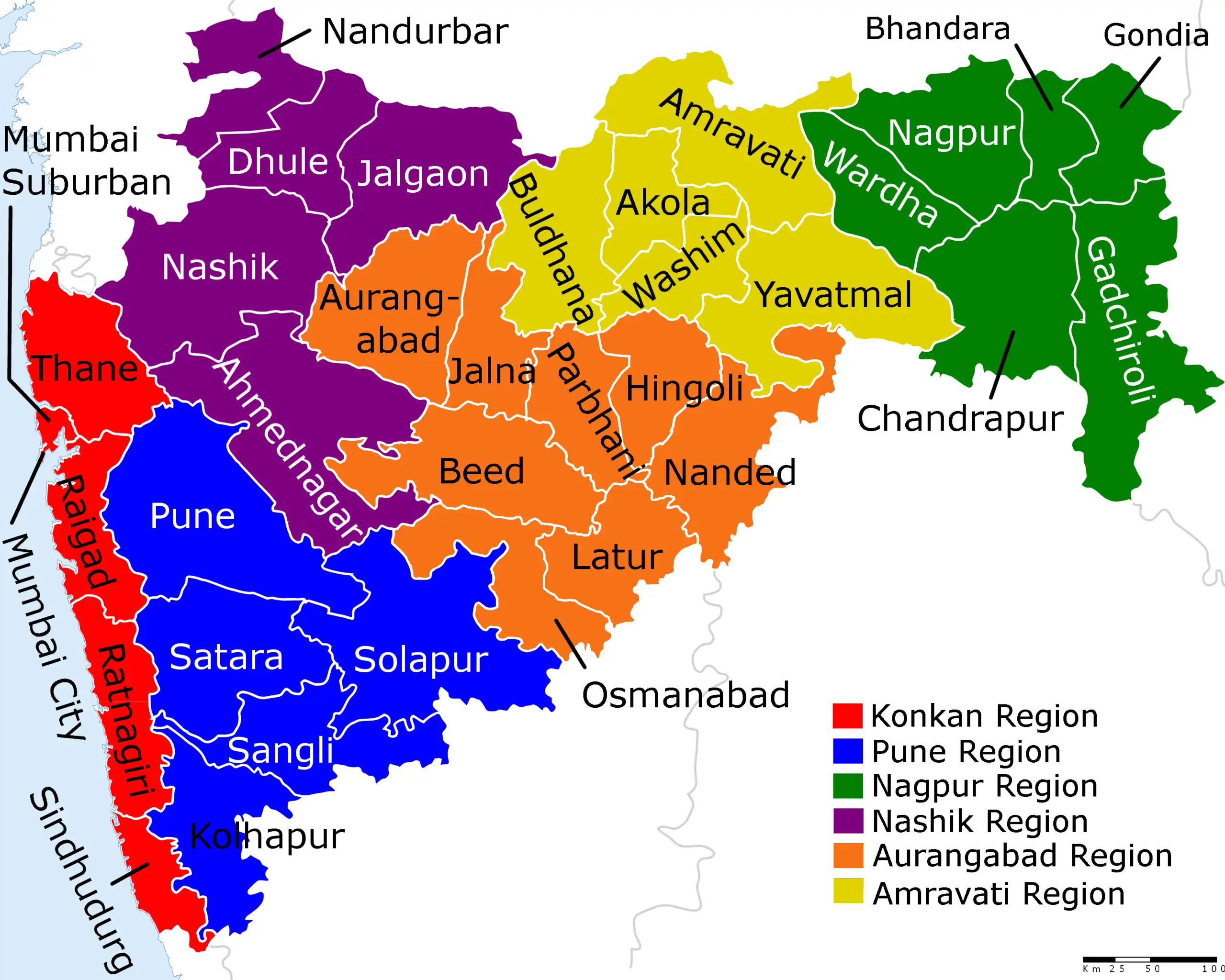Introduction
Every year on 1st May, India and the world observe two important events – Maharashtra Day and International Labour Day (also known as May Day). While Maharashtra Day commemorates the formation of the state of Maharashtra, Labour Day recognizes the struggles and achievements of workers worldwide. Both events hold great cultural, political, and economic significance and are celebrated with various events and tributes.
Maharashtra Day: History and Significance
Why is Maharashtra Day Celebrated?
Maharashtra Day marks the formation of the state of Maharashtra on May 1, 1960, following the division of the Bombay State based on linguistic lines. The demand for a separate Marathi-speaking state gained momentum in the 1950s with the Samyukta Maharashtra Movement, which eventually led to the formation of Maharashtra, with Mumbai as its capital.
Key Highlights of Maharashtra Day:
- Date of Formation: 1st May 1960
- Capital: Mumbai
- Movement: Samyukta Maharashtra Movement
- Key Leaders: Keshavrao Jedhe, Shankarrao Deo, and others
How is Maharashtra Day Celebrated?
- Flag hoisting ceremonies across government institutions
- Parades and cultural performances showcasing Marathi heritage
- Tributes to leaders who contributed to the formation of Maharashtra
- Special discounts and public announcements across the state
International Labour Day: History and Relevance
What is International Labour Day?
Labour Day or May Day is celebrated globally to honour the contribution of workers and promote labour rights. The origins of Labour Day date back to the labour union movement in the United States, particularly the Haymarket affair in Chicago in 1886, which advocated for an eight-hour workday.
Global Significance:
- Recognizes the role of workers in economic development
- Promotes fair wages, safe working conditions, and workers’ rights
- Celebrated in over 80 countries worldwide
Labour Day in India:
- First celebrated in Chennai in 1923, organized by the Labour Kisan Party of Hindustan
- Also known as Antarrashtriya Shramik Diwas in Hindi
- Focuses on social justice, worker welfare, and union rights
Why May 1st is Important Today
In a rapidly globalizing world, workers’ rights and regional identity remain as relevant as ever. Maharashtra Day reminds us of the importance of cultural and linguistic diversity, while Labour Day encourages us to strive for economic equality and justice.
Contemporary Importance:
- Recognizing frontline workers post-pandemic
- Reforming labour laws for the gig and informal economy
- Preserving regional languages and cultures in the digital age
Conclusion
1st May is more than just a date—it’s a powerful reminder of our shared history, identity, and struggles. Whether you’re honouring the spirit of Maharashtra or paying tribute to the labour force that builds our society, the day stands for unity, resilience, and progress. Let us celebrate this day with pride, gratitude, and a renewed commitment to justice and inclusivity.
FAQs
Q1: Why is 1st May celebrated as Maharashtra Day?
A: It commemorates the formation of the state of Maharashtra in 1960 after the reorganization of states on linguistic lines.
Q2: What is the significance of International Labour Day?
A: It honors workers’ contributions and promotes fair labour practices globally.
Q3: Is May 1st a public holiday in India?
A: Yes, it is a public holiday in several Indian states, including Maharashtra, Tamil Nadu, Karnataka, and West Bengal.

